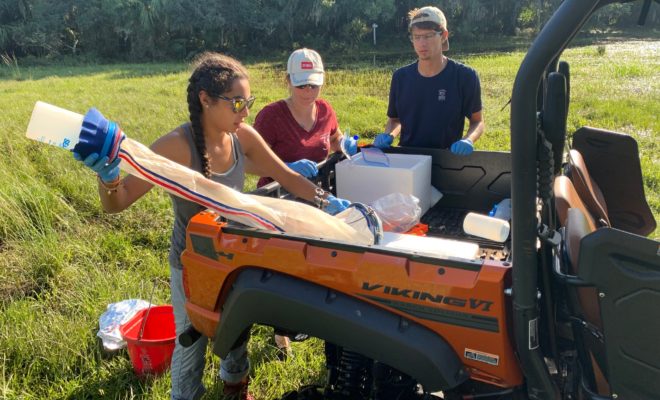
Education
Education Matters | Studying the Invisible: Dr. Erika Díaz-Almeyda’s Research on Microbiomes
By Ryan G. Van Cleave | June 2022
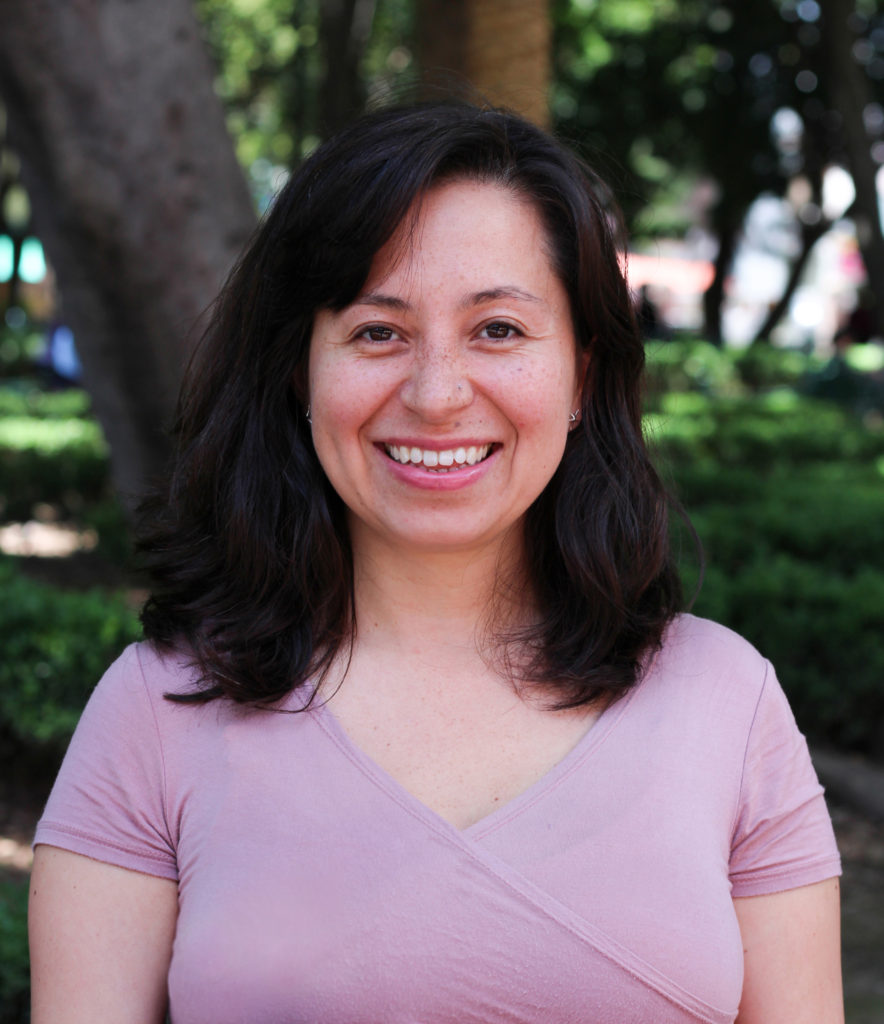
If you’re a scientist and you ask Assistant Professor of Biology and Environmental Studies at New College Dr. Erika Díaz-Almeyda what she does, she’ll likely give this answer: “I am a microbial ecologist with research interests at the nexus of symbiosis, climate change, and indigenous and sustainable practices. I study how host-associated microbiota are affected by climate change, and the relationships between microbial diversity and land/water management. My projects are embedded in frameworks of community- and place-based research to advance social equity by including local stakeholders, particularly in Indigenous and sustainable managers.”
If you’re a non-scientist like me, however, she’ll give you the layperson’s answer: “I pay attention to the little invisible things that nobody sees. I’m very interested in understanding how human activity affects microbes—those little things that we don’t see, but they’re everywhere.”
While that makes some sense to me, I can’t help but wonder…what IS a microbe? Of course, she’s got a terrific answer. “The easiest definition is that microbes are living things that are too small to be seen with the naked eye.” Okay, THAT makes sense to me. But if you like examples, here’s the follow up. “This includes bacteria, protists, and some fungi. It includes viruses, too, but that’s an area I don’t work in. My area of interest is bacteria and protists that are 10 to 100 times larger than viruses.”
How small are we talking about? “Some of the symbiotic algae I work with are 7 micrometers—really, really small, 10 times smaller than a grain of salt.” For those of you who aren’t scientist-fluent in the metric system, a single micrometer is a millionth of a meter. Think much smaller than the width of a single cotton fiber in your shirt. Yeah, we’re talking about invisible to the naked eye.
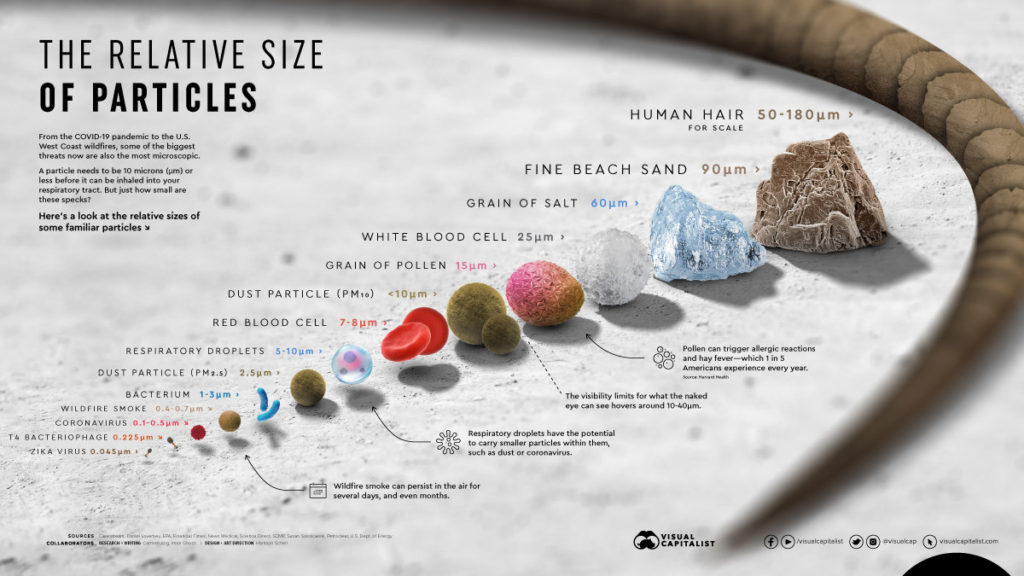
Dr. Díaz-Almeyda isn’t the first person to care deeply about these unseen things. Since the invention of the microscope (around 1590), people started paying attention to them because once you start looking, you quickly realize there are more microbial species than there are known stars in the universe. Small wonder then that we don’t fully know the names of each one, or what their function is. “One thing we’re very good at,” explains Dr. Díaz-Almeyda, “is distinguishing which microbes are bad.” The reason why is simple enough—though the microbes themselves go unseen, their effects are easily seen, such as a person dying or an ecosystem collapsing. When we see those outcomes, scientists study and study until they find the root cause.
The good news is that fewer than 1% of microbes fall into the “bad” category. The rest do good things for us, such as help us digest food or fight pathogens, which are the main focus of her research. Microbes are key to our health, just as they contribute to any ecosystem. For example, in water, microbes (phytoplankton) generate more than 50% of the oxygen we breathe. “There are microbes in the soil that break down the leaves of fruit to create soil as part of the giant food web, too,” says Dr. Díaz-Almeyda. “When we see a shark or a terrestrial top predator like a lion, they’re just the result of all these microbes that make food available from the grass up to the next level and on and on in the food web until we reach the level where we can see something big with our own eyes.”
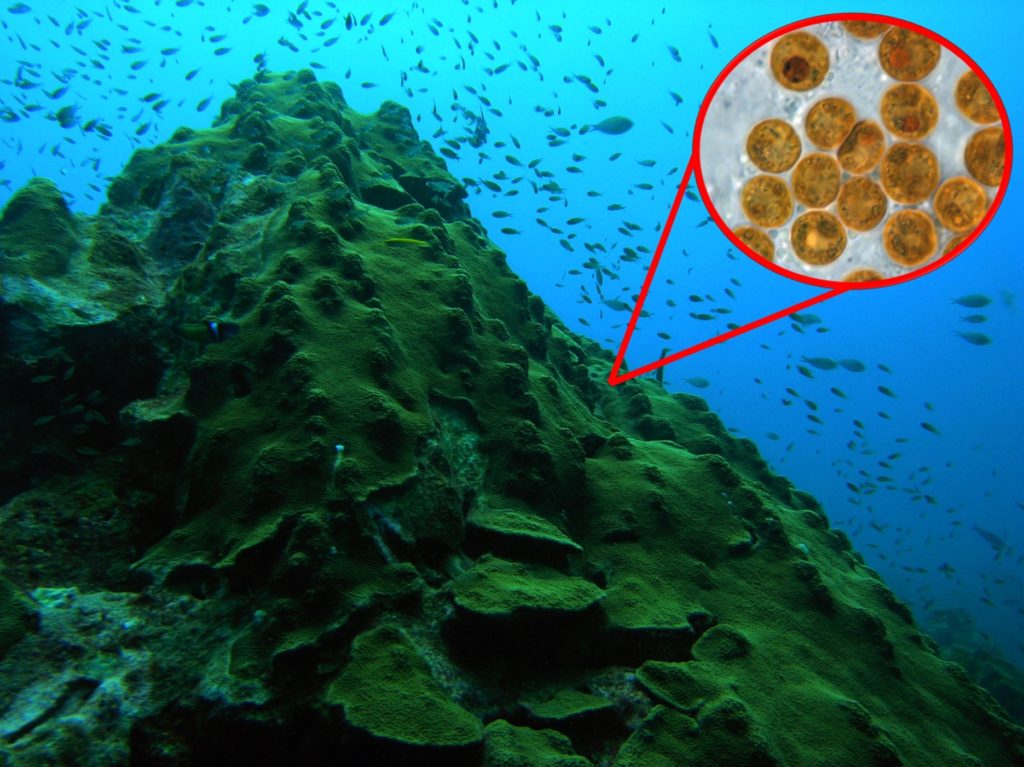
The health of coral reef ecosystems depends on their photosynthetic microbe living inside the animal cells, called Symbiodiniaceae. This microbe provides nutrients to the coral, product of photosynthesis. These microbes are highly susceptible to high temperatures.
Born and raised in Mexico, Dr. Díaz-Almeyda has been interested in education and science from her earliest years. It all came together into a career plan in her first semester of college, though. A professor took her class to a pond on campus where they collected water and examined it under a microscope. “I was amazed by all the living things I could see,” she says about that experience. “I loved it. I could spend hours just with one drop. I knew I wanted to do this for the rest of my life.”
To help her study those unseen things, she came to the United States—where better technology and resources to help her pursue her research. “Mexico had places to do that work, but not at the same scale. In the US, the latest DNA sequencing technologies are affordable.”
With the resources she now has at her disposal, Dr. Díaz-Almeyda studies how the two main narratives of climate change relate to our management of soil and water. One narrative is that we’re causing so much damage to nature that there’s nothing we can do about it. Then there’s the other narrative, which is the one she prefers. Through seeing how human activities—such as how we design cities or how we treat our lawns—affect the microbiome, she can uncover pathways forward that are more aligned with our long-term interest as humans.
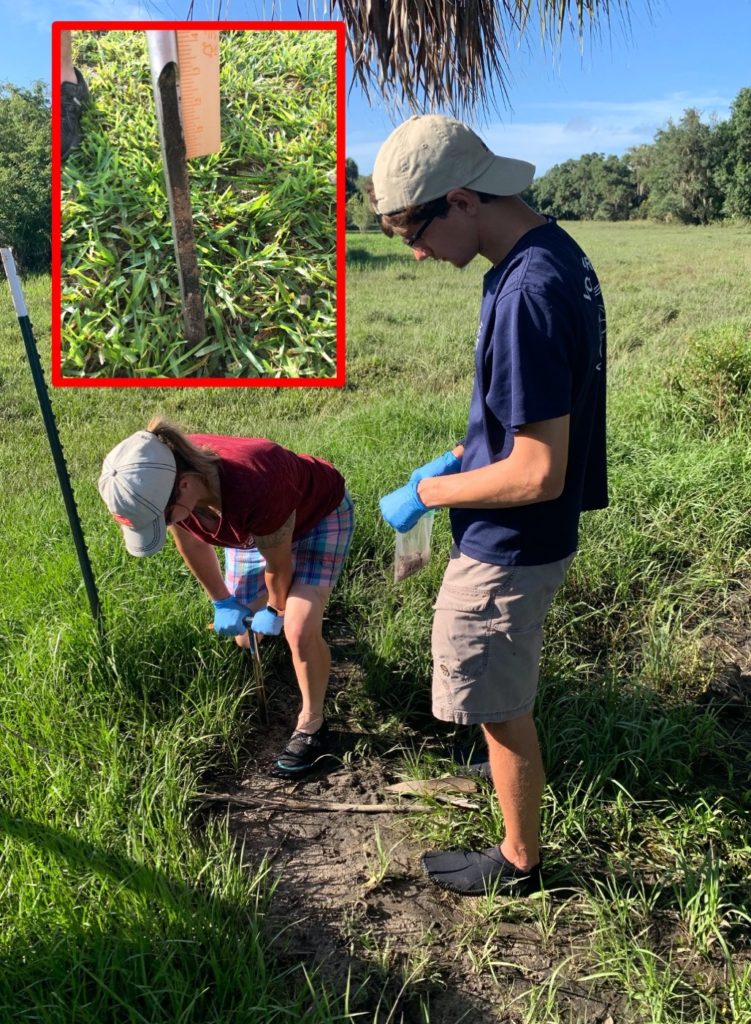
The health of our coastal ecosystems depends on how we manage the land. Adding fertilizers, pesticides, and other chemicals to our soils impacts the health of ecosystems and ultimately the health of the bay. Students from New College of Florida document the biodiversity of microbes in sustainably managed ecosystems collecting cores of soil. One cup of healthy soil can have up to 50 billion bacteria, 2 billion actinomycetes, 100 million fungus, 50 million of protozoa and more!
One of her favorite areas of study is the intersection of microbes and social equity. “Even though most of us who work with microbes are biologists, we’re starting to see that it’s a social issue. The way we build cities, we’re not having adequate exposure to healthy microbes. There are biases, there are unintended consequences here that matter.” Scientists of yesterday studied microbes in natural environments, but younger ones such as Dr. Díaz-Almeyda are much more interested in studying microbes in indoor places, such as hospitals, schools, and homes. They also examine how different people have different microbes in their body depending on their level of stress or the level of access to food. “This is a new way of looking at these problems,” Díaz-Almeyda says. “For me, it’s pointing at some of the human consequences our actions as a species have on microbes, which is what we need to figure out solutions for.”
Since 2019, Dr. Díaz-Almeyda has led the Florida Microbiome Project, which explores how unseen microbial communities support livelihoods and habitat health throughout Sarasota and the state of Florida. This project has the support of people like conservationist Elizabeth Moore—a Florida House Institute board member and president of TREE Foundation—who’s financially backing the Project’s efforts because she knows that we’re all connected at the macro and micro level. In Moore’s mind, more research should be done to create better awareness of its impact on our land and our lives.
That’s something even non-scientists like me can appreciate.
FOR MORE INFORMATION about the microbiome project, please visit erikadiaz.org or contact Dr. Erika Díaz-Almeyda at 941.487.4385 or ediazalmeyda@ncf.edu.



You must be logged in to post a comment Login